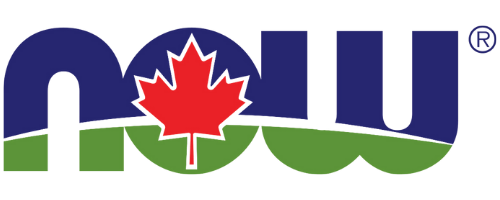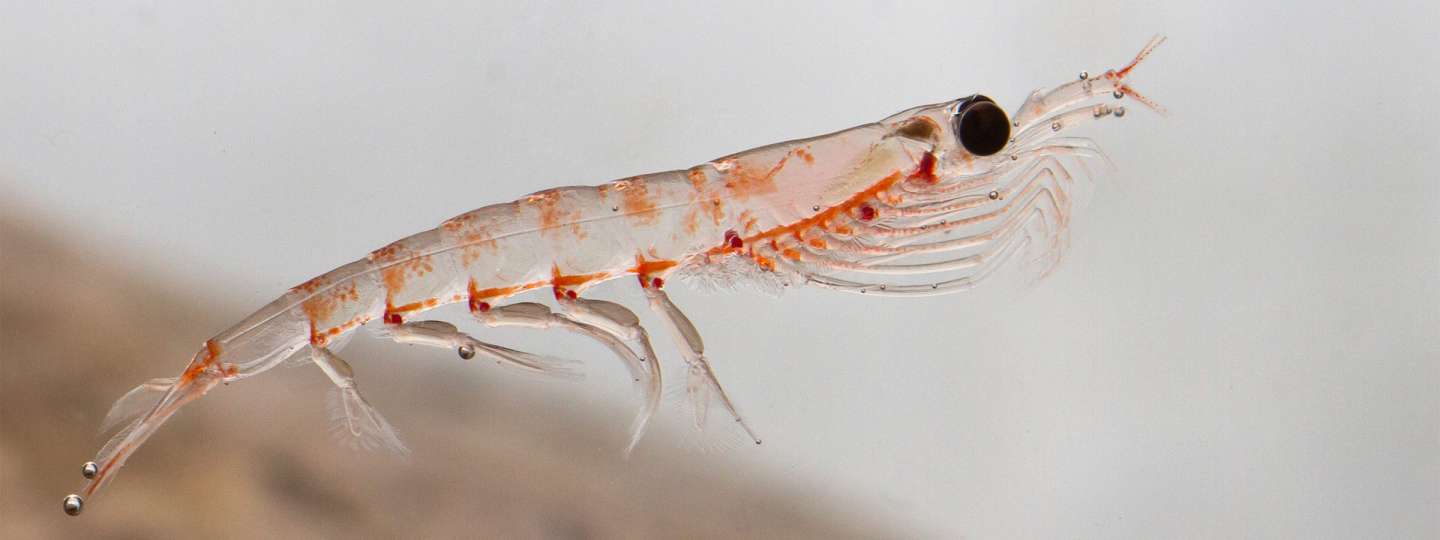Krill Oil FAQs
What is krill?
Krill is a generic term used to designate a number of deep water marine crustacean species, which are a form of shellfish. They look like miniature shrimp, ranging between one and six centimeters in length. These 85 species represent the planet’s most abundant animal biomass, found in active zones that may extend over several square kilometers. Our Neptune Krill Oil (NKO®) is a patented material of one species, Antarctic krill (Euphausia superba), that comes from Neptune Biotech and is sourced from the cold waters of the Antarctic Ocean.
Studies indicate that the biomass of Antarctic krill, one of the world’s most abundant biomasses, may amount to 379 million tonnes (tons). The annual, natural reproduction cycle of this biomass provides enough krill to offset natural mortality, feed predators, provide harvest for animal feed, and supply food for people.
How is krill harvesting managed?
The management and control of krill harvesting is overseen by the 25-state member Commission for the Conservation of Antarctic Marine Living Resources (CCAMLR), which is the official international organization responsible for krill fishery management. The precautionary catch limits on krill fisheries are under constant review by the Scientific Committee of CCAMLR, which uses an ecosystem approach to management.
The precautionary catch limit set by the CCAMLR to ensure sustainability is reviewed annually and reset based on current population studies. However, only a fraction of that precautionary catch limit is actually harvested annually. In recent years, the precautionary catch limit in the Antarctic fishery used by Neptune was been around 2.7% of the total biomass, but less than 0.6% of the biomass was actually harvested annually.

Not only is the krill harvest overseen by scientists stationed on each ship who report to an independent regulatory commission, but the amount of krill harvested for human nutrition is only a tiny percentage of the total harvest, with the vast majority going into fish food and animal feed.
Neptune has earned Friend of the Sea certification for its sustainable krill harvesting standards. Friend of the Sea is a non-profit, non-governmental organization (NGO), whose mission is the conservation of the marine habitat. Friend of the Sea is a leading international certification project for products originated from both sustainable fisheries and aquaculture.
What have other reputable sources said in regard to how Antarctic krill is harvested with respect to sustainability?
(The statistics cited vary with the source/date of each citation):
“The prospect of a free-for-all fishery for Antarctic krill led to the signing of a unique fishing treaty in 1981. This is the Convention on the Conservation of Antarctic Marine Living Resources (CCAMLR), designed to protect the Antarctic ecosystem from the consequences of a rapidly expanding krill fishery. CCAMLR set a limit of 1.5 million tons on the catch of krill in the South Atlantic (where almost all of the krill has been caught recently) and a limit of 390,000 tons for the Indian Ocean. These limits are much higher than the current catch levels but this is a reflection of the huge size of the resource and of the pre-emptive approach to management that CCAMLR was designed to take. Market demand has been the limiting factor since the fishery began and catch has remained at a fraction of what are considered highly precautionary limits.”
Nicol, S. & Endo, Y. Krill Fisheries: Development, Management and Ecosystem Implications. Aquat. Living Resour. 12 (2) (1999) 105-120.
“Scientists estimate that 1.5 million tons of krill can be harvested without impacting krill predators (XVI CCAMLR). Currently, less than 80,000 tons of krill are harvested annually (XVI CCAMLR).”
Secretariat of the Antarctic and Southern Ocean Coalition (ASOC), which includes over 100 organizations around the world, is based in Washington, DC.
CCAMLR-2000 KRILL SYNOPTIC SURVEY: “As applied by CCAMLR, precautionary catch limits set levels of catch which are considered low enough not to compromise future sustainability of the targeted stocks. They allow some level of fishing so as to provide essential information to be used in assessment of stock yield and in ascertaining the properties of the fishery. CCAMLR Conservation Measure 51-01 is a good example of such a measure and it sets an overall precautionary catch limit for krill in Area 48 as well as a “trigger level” which will be used to subdivide the overall limit into smaller areas in anticipation of a rapid expansion of the fishery.”
“Sustainable krill harvest is estimated at 150 million tons, 1.5 times greater than the total number of fish and shellfish harvested annually from the world’s oceans, according to the Australian Antarctic Division. CCAMLR set a precautionary limit of 1.5 million tons for krill harvest in the southwest Atlantic sector of the Southern Ocean, although recent catches currently average 100,000 tons per year.”
NASA Earth Sciences Division
“The new measures will also require more frequent reporting of krill catches, more rigorous notifications to participate in the krill fishery and new trigger levels so that once a certain catch level is reached, additional management tools will be introduced in order to protect those animals which feed on krill.”
Australian government Department of the Environment and Water Resources
“The management of Antarctic krill fisheries occupied a major part of the recent meeting of the Antarctic marine management organisation (Commission for the Conservation of Antarctic Marine Living Resources or CCAMLR) in Hobart. Delegates at the meeting agreed to a range of new measures to control fishing for krill in various areas of the Antarctic.”
Antarctic and Southern Ocean Coalition
NOW is a leader in sustainability
At NOW we’re always concerned about the environmental impact of the materials utilized to produce our natural products. We’ve won a number of environmental awards, including the Earth Flag and the Illinois Governor’s Sustainability Award. In the case of krill oil, customer concerns were voiced and we took those concerns seriously. Our subsequent investigation has produced the information provided here. This gives us confidence that our krill is sourced from well-managed fisheries and does not have a significantly negative impact on the ocean’s ecosystem. The fact that CCAMLR, the responsible regulatory authority, has continued to increase its scrutiny and tighten the rules builds confidence in its ability to respond to any changes in ways that maintain environmental protections. In fact, it appears that krill harvesting from well-managed fisheries is one of the most sustainable ways to obtain essential omega-3 fatty acids from our oceans. The unique nutritional profile of krill, with three synergistic components (omega-3 fatty acids, astaxanthin, and phospholipids), makes it an especially bioavailable source of these important nutrients in human health.
For more information about NOW’s environmental interests and achievements, please go to: www.nowfoods.com/AboutUs/Environmental-Efforts/
For more information on Neptune Biotech, go to their website http://neptunekrilloil.com/
For more information on the Commission for Conservation of Antarctic Marine Living Resources, go to its website: https://www.ccamlr.org/en/fisheries/krill-fisheries-and-sustainability



